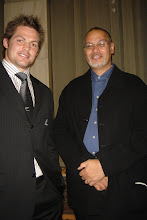 This period from the 1850's was the 'wool period' when the imported Merino sheep ruled the tussock lands of the South Island, and the flat lands of the Wairarapa and Hawkes Bay. This period saw the creation of vast estates especially in the South Island. Using the Australian model it was a simple matter of claiming land with the Provinical Government and leaseholding the land, often with the view of making it freehold as quickly as possible. Although as we will discover they did not always own all of the land they controlled. The key was liquidity and the creation of huge flocks of sheep. New Zealand's climate provided warm weather and plentiful rain, which meant plenty of grass, a few ewes and a ram did the rest.
This period from the 1850's was the 'wool period' when the imported Merino sheep ruled the tussock lands of the South Island, and the flat lands of the Wairarapa and Hawkes Bay. This period saw the creation of vast estates especially in the South Island. Using the Australian model it was a simple matter of claiming land with the Provinical Government and leaseholding the land, often with the view of making it freehold as quickly as possible. Although as we will discover they did not always own all of the land they controlled. The key was liquidity and the creation of huge flocks of sheep. New Zealand's climate provided warm weather and plentiful rain, which meant plenty of grass, a few ewes and a ram did the rest.The Stations needed large pools of labour, especially at shearing time. Shearing gangs travelled with the season southward to stations as they were needed. Wool could then be stored and transported to port for shipping to Britain. Wool developed a new market in coastal transportation. All of this created vast wealth for a favoured few and left a bitter taste in the mouths of many migrants who found land difficult to acquire in the 1870's. In the south this wealth tended to dominate local and later national politics.
In 1882 this all changed.









